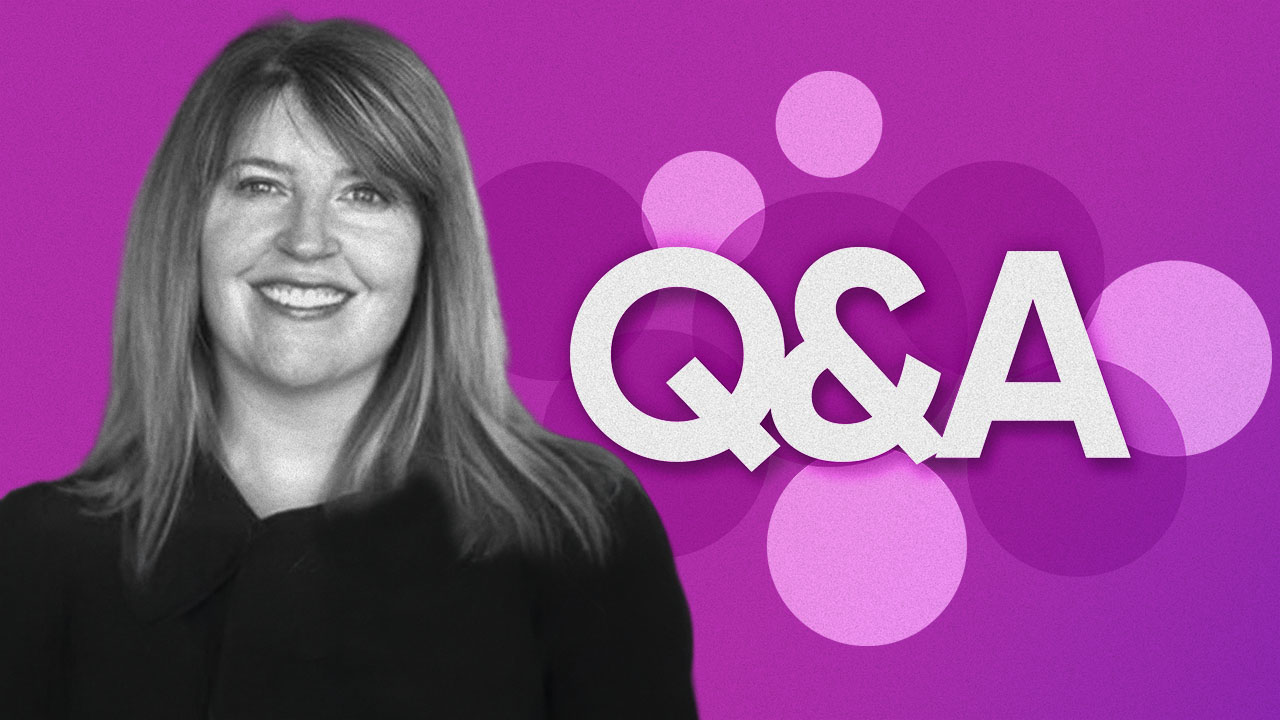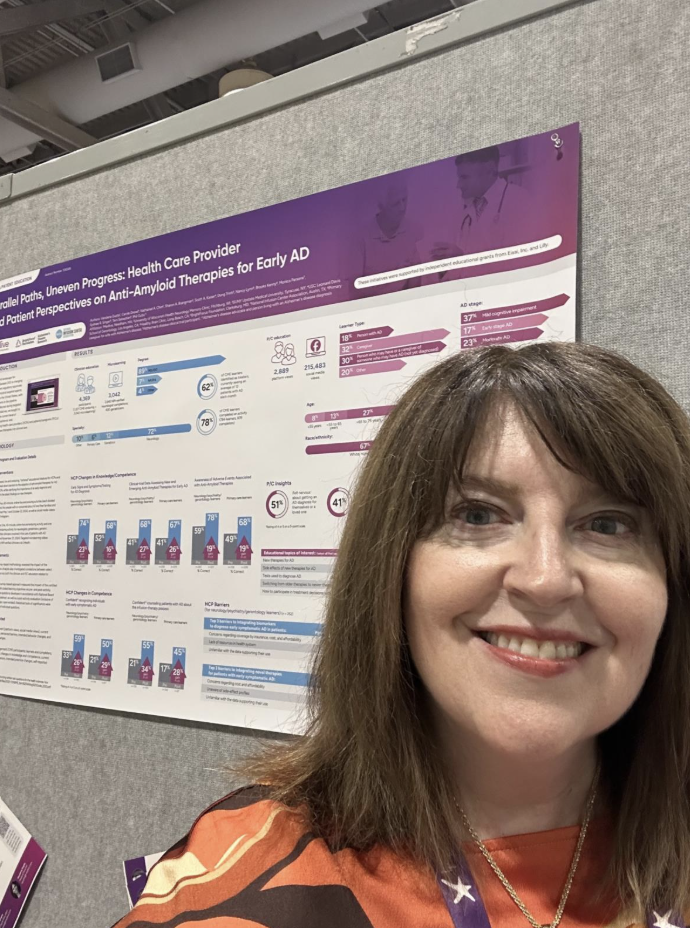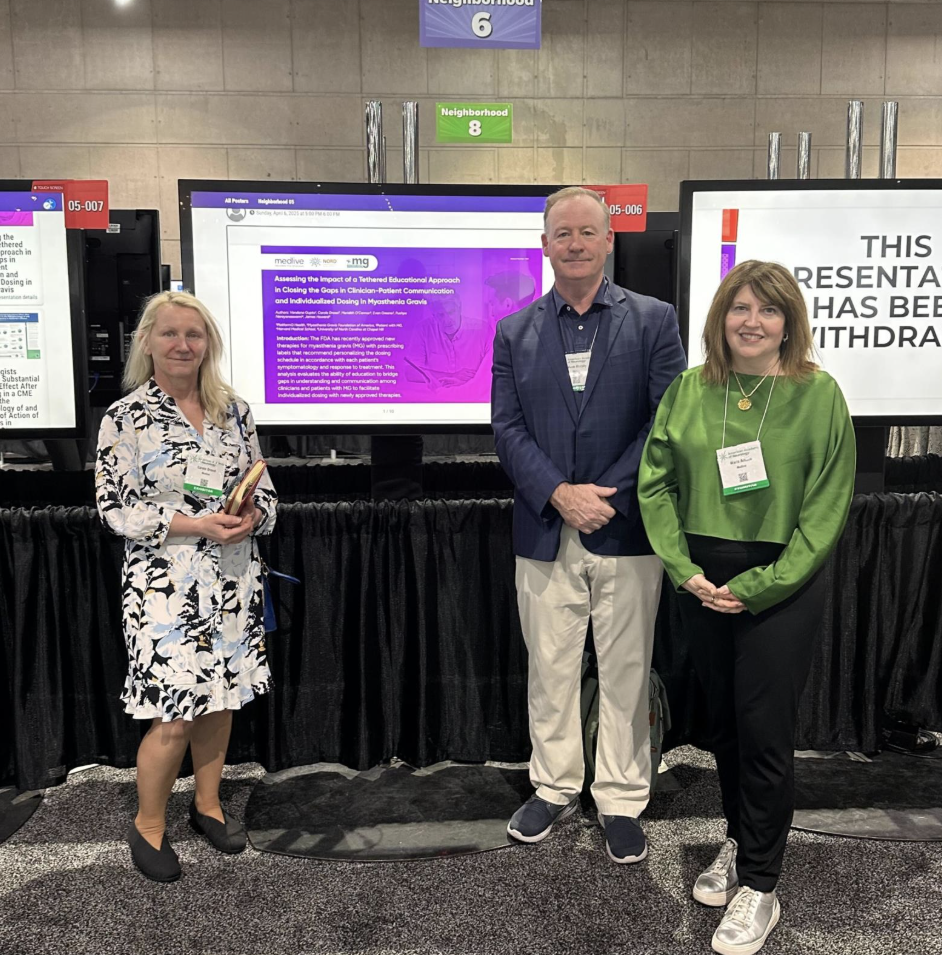
Our VP of Digital Education shares how shifting trends, data, and the patient voice are reshaping CME
This blog is the first in our 2025 Alliance Industry Summit (AIS) spotlight series featuring Medlive leaders behind our patient-centered education.
In her role as VP of Digital Education, Maria Arnone works directly with our supporters and partners who provide a front-line view into what’s new, what’s next, and how marketplace dynamics are shifting. Ahead of AIS, we sat down to get her take on how data-driven design is enabling more relevant Patient-Centered Education (PCE).
Q: At Medlive, we believe education is one of the most empowering tools we have. In the spirit of learning, what’s a topic on which you could give a spontaneous 5‑minute presentation?
Maria: Give me five minutes and I’ll arm you with five Italian phrases that can transform your travels or make your date swoon. It’s more than just words; it’s a key to connecting with people, unlocking authentic moments, and fully embracing la dolce vita. With my Italian roots, deep appreciation for regional cuisine, and a lifetime of cultural adventures, my passion for Italy will hopefully inspire you to explore more boldly, eat more adventurously, and live with a little extra zest.
Pictured Right: Maria and son, Alexander, summer 2025 on St. Peter’s Square in Rome.

Q: A lot of our readers probably know you as you’ve been with Medlive for over seven years! In that time, what’s been the most significant change in how CME is delivered?
Maria: We’ve seen a meaningful shift from siloed, one‑channel CME to true omnichannel learning experiences. Short‑form, microlearning content that reaches clinicians where they are and builds over time has especially risen in popularity in recent years.
Just as important has been the integration of the patient voice into education. Today, learners aren’t only absorbing clinical updates; they’re hearing directly from patients whose experiences bring guidelines and best practices to life. That’s had a profound effect on how we design programs at Medlive, ensuring they reflect the needs and perspectives of the patients our clinicians serve through our PCE approach.
Q: You’ll be at AIS this year where one of the overarching themes is using data and outcomes to drive smarter, more patient-centered education. Has there been a time when data on learner outcomes clarified the need for future educational approaches?

Maria: Absolutely! Data from our programs often reveals both opportunities and gaps that shape the next wave of education. For example, in a chronic lymphocytic leukemia (CLL) curriculum, outcomes data showed that some patients were still receiving non‑guideline‑approved treatments. That stark reality pushed us to amplify messages around guideline‑based care, including through targeted social campaigns to both HCPs and patients/caregivers.
Similarly, after years of Alzheimer’s education, we saw inadequate screening and diagnosis among African American patients. This led us to design programs that engaged community health workers directly, helping them raise awareness, increase screening, and improve diagnosis and treatment in underserved communities. In both cases, data didn’t just validate our approach; it redirected and refined it in ways that put patients at the center.
Q: Which AIS sessions are must‑attends for understanding how marketplace dynamics are driving smarter, more patient‑centered education?
Maria: I’m especially excited for three sessions that reflect key marketplace shifts:
From Insight to Impact: C‑Suite Payer and Provider Stakeholder Education Exchange. This session explores how payer and provider stakeholder education can transform care delivery, offering valuable insight into how collaboration at the highest levels can shift the market toward better outcomes.
The MEGO genAI + Automation Screening Tool: Integrating AI into Medical Education is another must‑see. It provides an important look at how AI is being integrated into the grant assessment process, with clear implications for medical education companies like ours.

I’m also looking forward to Sharing a Model for Industry‑Led Healthcare Improvement: What, Why, and How. This session focuses on long‑term, large‑scale healthcare improvement initiatives. These projects are challenging but profoundly meaningful, and they demonstrate how industry collaboration can reshape the marketplace.
Overall, marketplace dynamics are never static; they evolve with technology, data, and patient needs. At Medlive, we thrive on staying ahead of these changes, translating insights into education that truly empowers clinicians and improves patient care. I’m looking forward to the conversations and collaborations AIS 2025 will spark.
Don’t miss us at AIS
The MedliveCME team will be attending the 2025 Alliance Industry Summit (AIS) this September 8th through the 10th in Philly.
The Medlive team will be at AIS ready to connect, collaborate, and explore new ways to create high‑impact, patient‑centered education. We look forward to seeing you in September!




